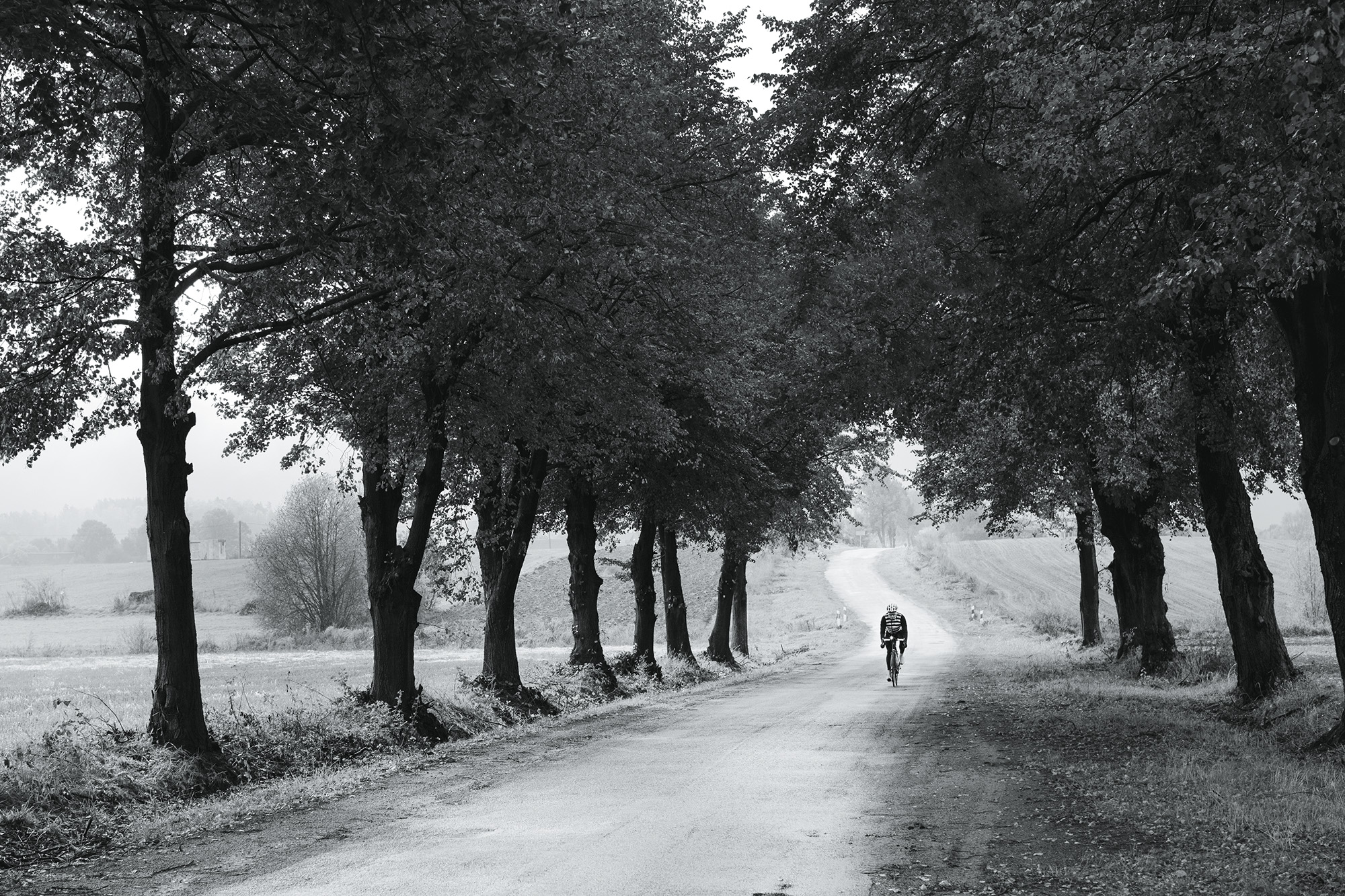
As inhabitants of a country on the Baltic Sea, we are fortunate that ice swimming (morsowanie, derived from the Polish word mors, meaning ‘walrus’) is possible pretty much all year round. Anyone who has swum in the Baltic, even in the height of summer, will certainly know what I am talking about.
Swimming in ice-cold water, however, brings a range of health benefits: less frequent upper-respiratory tract infections, improved blood circulation, better blood supply to the skin, faster metabolism, and regulation of the endocrine system (which is responsible for managing the body’s hormones). Ice swimming slims and rejuvenates. It also causes the production of hormones responsible for feelings of contentment and euphoria.
That said, it is not advisable to jump recklessly into the nearest ice hole in pursuit of it all. Ice swimming demands careful preparation. Where to start?
•
Conditioning should happen slowly and gradually. Start by having an open bedroom window at night, walking barefoot on damp grass, or paddling in a lake or the sea. Also, walk normally, in shoes, for a minimum of 30 minutes, several times a week, changing the speed of the walk. Spend time outside in the fresh air and ensure you regularly air your apartment.
•
At home you should take cold showers. Always start from the hands and feet, slowly moving the stream of water up your body. The water temperature shouldn’t exceed 10°C. Cold showers are an element of yoga; in one variant, Kundalini, a three-minute cold shower is recommended before each yoga session. It’s also worth dry-scrubbing your body beforehand with a brush made of natural bristles. Standing under the stream of cold-water, you should massage your whole body and keep moving. Remember to breathe and try to keep your breathing steady. You can switch between cold and hot water, although the last blast should always be cold. At the end, you can massage your skin with almond oil. These treatments will toughen you up and prepare you for ice swimming; but should also bring significant benefits in and of themselves. Your skin will become firmer and should be in better condition. A cold shower on a grey, drizzly morning puts you on feet much better than a cup of coffee does.
•
Once you have got used to the many interesting sensations that come from cold showers, you can try cold-water swimming outside. Remember to warm up. This can be jogging or gymnastics. You are aiming to raise your heart rate, not to get tired, and you should definitely let yourself sweat up. When you feel sufficiently warmed up, take off your outer layers of clothing and get in the water.
•
This is the moment when you might scream for the first time. The next opportunity comes when you submerge your stomach and then your shoulders. If you have managed to find a suitably remote location, you can scream out all your regrets and frustrations without worrying about your language. However, if you are surrounded by walkers with pets on leads and children in pushchairs, you should stick instead to a quiet “Oh God!”
•
What can you expect after the initial submersion? At first, you’ll be short of breath. This is the body’s healthy and normal response to stress. But don’t give into it. Breathe in deeply and more slowly than your body would like, given that it is submerged up to its ears in icy water. Move energetically: jump, dance, run, swim. After several seconds, a very particular feeling emerges, something like tingling all over your skin. The water, which felt cold a moment ago, suddenly feels hot. And this is when ice swimming really becomes pleasurable. Stay in the water for a minimum of 30 seconds and a maximum of 1.5 minutes. And you’re done! Out you get!
•
A helper should be waiting for you on the bank with a towel and your clothes. Sometimes after getting out, you can get the shivers, and help with dressing may be necessary. More often, however, shortly after getting back onto dry land you will be overcome by a wave of warmth radiating from the solar plexus. By now the frost is no longer scary and the Kołobrzeg beach in November becomes tropical – just for a moment. It is a fascinating experience, which is difficult to achieve other than through ice swimming. This sensation should pass after a few minutes. You can then warm up again and repeat the whole process. Normally, people go in three times, and we would recommend this.
•
What next? Clothed and warmed up, you return home. You make some tea, wrap yourself in a blanket and peacefully contemplate your newly-acquired identity, as a walrus!









